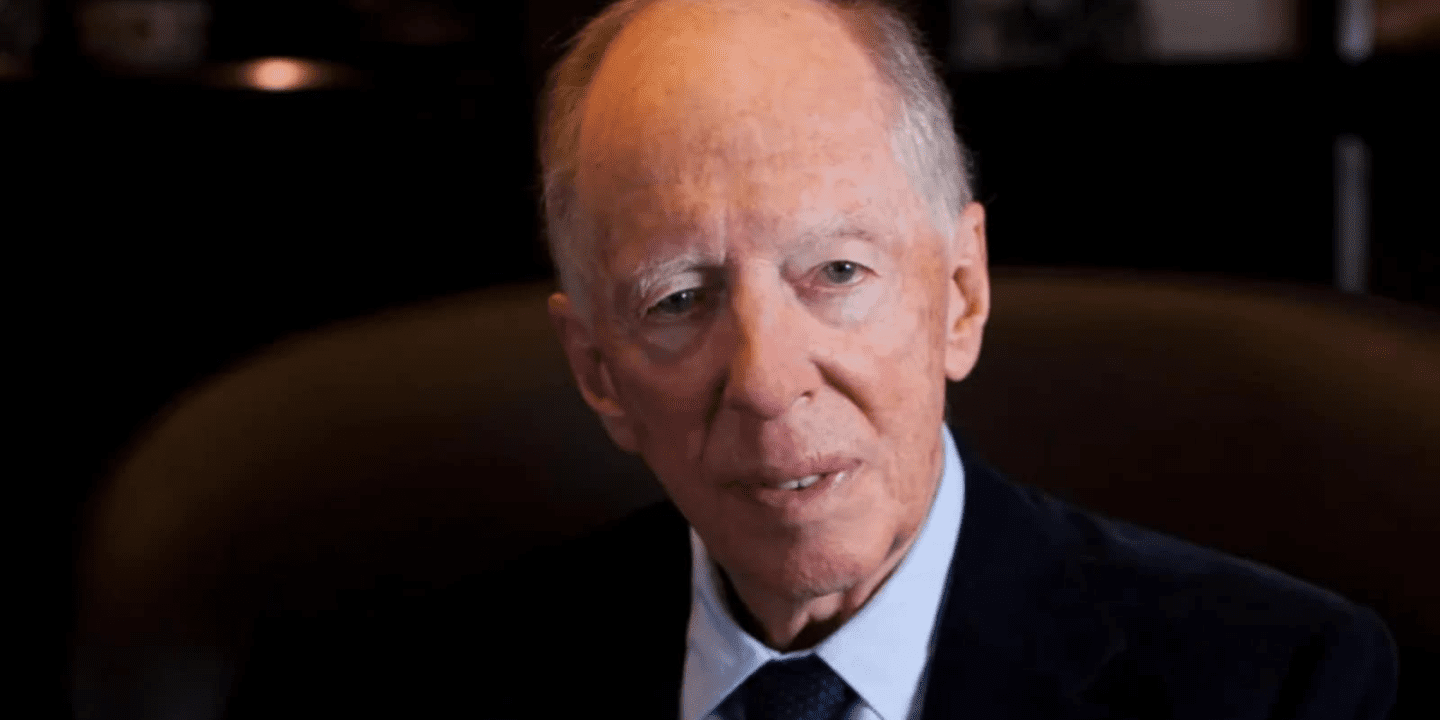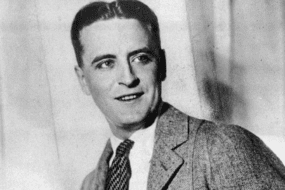
The Rothschild family name is synonymous with immense wealth and financial power. For centuries, this prominent dynasty has wielded significant influence in the world of banking and finance. Their story is one of shrewd business acumen, strategic marriages, and a calculated approach to wealth preservation. Today, the Rothschilds remain a wealthy family, though their net worth and public profile have shifted considerably from their historical peak.
Rothschild family has an estimated net worth of $1.2 trillion.
Early Life: From Frankfurt to Financial Powerhouse
The Rothschild family’s roots can be traced back to 16th century Frankfurt, Germany. Mayer Amschel Rothschild, born in 1744, is considered the architect of the family’s financial empire. His father, a successful money changer, fostered Mayer’s early interest in finance. Mayer established a banking house in Frankfurt’s Jewish ghetto, strategically positioning himself to cater to a growing clientele.
Mayer’s genius lay in his ability to cultivate relationships with European nobility. He shrewdly expanded his business by placing each of his five sons in major European financial centers – London, Paris, Vienna, Naples, and Frankfurt. This network allowed the Rothschilds to facilitate international trade and finance, amassing significant wealth along the way.
Career Breakdown: Building an Empire Across Generations
Rise to Fame: Financing Wars and Revolutions
The Napoleonic Wars proved to be a pivotal moment for the Rothschilds. Nathan Mayer Rothschild, stationed in London, played a crucial role in financing the British war effort. While rumors persist that he manipulated the London Stock Exchange after the Battle of Waterloo, most historians believe this to be a myth. Nonetheless, Nathan undoubtedly profited handsomely from the war, solidifying the family’s financial standing.
The Rothschilds continued to finance governments and revolutions throughout the 19th century. Their vast network and financial resources allowed them to influence political events and secure lucrative deals across Europe.
Major Works: A Legacy in Banking and Beyond
The Rothschilds’ primary legacy lies in their contributions to international banking. They established banking houses across Europe, playing a vital role in financing infrastructure projects, industrial growth, and government operations. Additionally, the family diversified its wealth through investments in mining, real estate, and even winemaking.
Beyond finance, the Rothschilds were patrons of the arts and sciences. They amassed impressive collections of art and actively supported cultural institutions. Their grand estates and palaces stand as testaments to their wealth and influence.
Net Worth Analysis: Deciphering the Enigma
Estimating the Rothschild family’s net worth is a complex task. The family fortune has been spread across numerous descendants over generations, making it difficult to pinpoint a precise figure. Additionally, much of their wealth is tied to privately held assets, further obfuscating the true picture.
Earnings: The Rothschilds’ historical earnings stemmed primarily from their banking operations. They profited from interest on loans, commissions on financial transactions, and investments in various ventures.
Real Estate: The family boasts an impressive portfolio of real estate holdings across the globe. Grand estates like Waddesdon Manor in England and Château de Ferrières in France showcase their opulence. Additionally, they likely hold valuable investment properties in prime locations around the world.
Expenses and Lifestyle: While details about their current spending habits are scarce, historical accounts suggest the Rothschilds enjoyed a life of luxury. They patronized the arts, collected expensive art and artifacts, and lived in grand residences. However, compared to their flamboyant past, the modern-day Rothschilds tend to maintain a lower profile.
Financial Challenges and Successes: The Rothschilds have undoubtedly faced financial challenges over the years. The decline of European empires and the rise of new financial powerhouses likely impacted their dominance. However, they have consistently demonstrated an ability to adapt and diversify their wealth, ensuring their continued financial success.
FAQs: Unveiling the Mysteries of the Rothschild Fortune
Q: What is the exact net worth of the Rothschild family?
A: Due to the complexities mentioned earlier, there is no definitive answer. Estimates range from hundreds of billions to several trillion dollars. However, these figures are likely inflated. A more realistic estimate places the family’s collective net worth in the tens of billions.
Q: How do the Rothschilds maintain their wealth?
A: The family continues to be involved in various financial ventures through The Rothschild Group. Additionally, their vast real estate holdings generate income. They also likely benefit from savvy investments and inheritance.
Q: Are the Rothschilds still as powerful as they once were?
A: The family’s influence in global finance has undoubtedly diminished compared to their historical peak. However, they remain a significant force in the financial world, wielding influence through their investments and connections.
Q: Who are some prominent members of the Rothschild family today?
A: Several Rothschilds continue to make their mark in various fields. These include David Mayer de Rothschild, a billionaire environmentalist, Hannah Mary Rothschild, a documentary filmmaker, and Nathaniel Philip Rothschild, the co-chairman of a prominent hedge fund.
Q: Are the Rothschilds married into other wealthy families?
A: Yes. The Rothschilds have a long history of intermarrying with European nobility and other wealthy families. This practice helped to consolidate their wealth and social standing. For example, James Rothschild married Nicky Hilton, heiress to the Hilton hotel fortune, in 2015.
Disclaimer
The information presented in this article is based on extensive research from reputable sources. However, due to the private nature of the Rothschild family’s finances, it is impossible to guarantee absolute accuracy regarding their net worth and specific assets. Estimates and figures presented here should be considered approximations.








